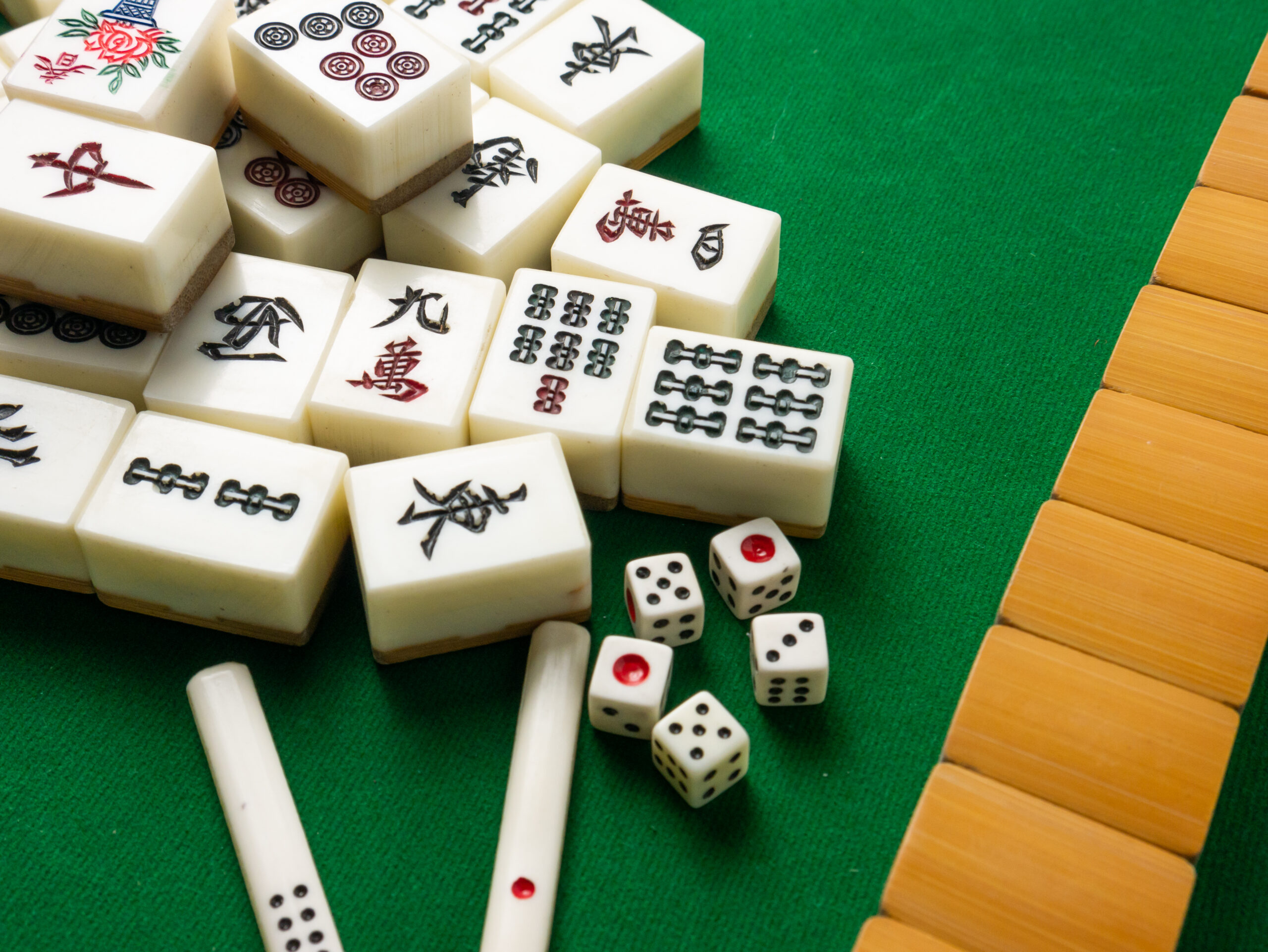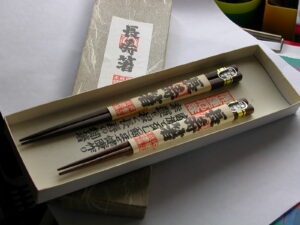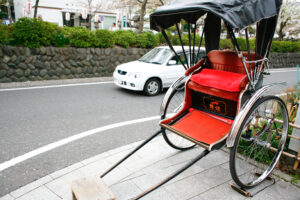In the realm of tabletop games, Japanese Mahjong stands as a beacon of strategic depth and cultural significance. Often overshadowed by its more widely recognized Chinese counterpart, this variant offers a unique blend of strategy, skill, and a slight dash of luck, making it a fascinating subject for enthusiasts and newcomers alike. As we delve into the intricacies of Japanese Mahjong, we uncover not only the game’s rich history but also the detailed mechanics and strategies that define its gameplay. This exploration will reveal why Japanese Mahjong continues to captivate players around the globe and how it has evolved to maintain its relevance in today’s digital age.
Unveiling the Rich History of Japanese Mahjong
Japanese Mahjong, also known as Riichi Mahjong, has traversed a long journey from its Chinese origins to becoming a beloved pastime in Japan. It was in the early 20th century that the game made its way to Japan, where it underwent significant adaptations, leading to the version we know today. Unlike its Chinese precursor, Japanese Mahjong incorporated elements such as the Riichi declaration and the use of Dora tiles, adding layers of strategy and complexity. The game gained widespread popularity post-World War II, evolving with various rule modifications that catered to different play styles and regional preferences. Today, it stands not just as a game but as a cultural phenomenon, with professional leagues, televised tournaments, and a significant presence in manga and anime, showcasing its deep integration into Japanese culture.
Understanding the Basics: Tiles and Winds
Japanese Mahjong utilizes a set of 136 tiles, comprising four identical sets of Suit tiles (Characters, Circles, and Bamboos), Honor tiles (Winds and Dragons), and bonus tiles for seasonal and flower motifs, which are traditionally not used in gameplay. Each player starts with 13 tiles, drawing and discarding in turn to form a winning hand of 14 tiles. The game emphasizes the importance of the four prevailing winds (East, South, West, and North), which influence the seating arrangement and the rotation of play. The wind of the round and the player’s seat wind can impact scoring, making the understanding of these elements crucial for strategic play.
The Objective of Japanese Mahjong: A Primer
The primary goal in Japanese Mahjong is to complete a legal hand comprising four sets (a combination of three tiles either in a sequence or identical) and one pair, announcing a win through either Tsumo (self-draw) or Ron (claiming a discard). Achieving this objective, however, is nuanced by the requirement of at least one Yaku—a specific pattern or condition within the hand that validates it for scoring. This rule adds a layer of complexity, as players must not only aim to complete their hand but also navigate the strategic landscape to meet these criteria.
Navigating the Rules: From Riichi to Ron
One of the hallmark features of Japanese Mahjong is the Riichi declaration, a bold statement of intent to win that offers strategic advantages and potential scoring bonuses at the risk of immobility. Upon declaring Riichi, a player cannot change their hand, betting on the likelihood of completing their winning hand with their next draws or upon another player’s discard. This move, coupled with the dynamics of calling Tsumo or Ron for victory, creates a thrilling tactical battleground. Other rule nuances, such as Furiten and Ippatsu, further enrich the game, challenging players to make calculated decisions under pressure.
The Strategic Depths of Yaku Combinations
Yaku are the essence of strategy in Japanese Mahjong, dictating the validity and value of a hand. With over 50 recognized Yaku, ranging from simple patterns like Tanyao (All Simples) to complex configurations like Yakuman (Limit Hands), mastering these combinations is key to success. Players must weave together these patterns, balancing the risk and reward of pursuing higher-valued Yaku against the feasibility of completing their hand, making every game a unique strategic puzzle.
Dora Tiles: Unleashing Hidden Power
Dora tiles introduce an element of unpredictability and opportunity, serving as bonus indicators that can increase a hand’s score. After the walls are built and the hands are dealt, a specific tile is revealed as the Dora indicator, making the next tile in the sequence a Dora. These tiles can significantly boost the value of a hand, encouraging players to adapt their strategies mid-game to incorporate these powerful bonuses, adding another layer of excitement to the strategic play.
Furiten: Navigating the Pitfall
Furiten is a rule that epitomizes the strategic complexity of Japanese Mahjong. It occurs when a player is in a waiting position to complete their hand but has previously discarded one of their winning tiles or cannot claim a winning tile because it would make their hand self-inconsistent. This rule forces players to be acutely aware of their discards and the evolving game state, adding a tactical dimension that punishes inattention and rewards strategic foresight.
The Role of Riichi in Advanced Strategy
The Riichi declaration is more than just a path to potential victory; it’s a strategic tool that influences the flow of the game. By declaring Riichi, a player not only signals their confidence but also exerts pressure on opponents, potentially forcing them to alter their strategies to avoid discarding a winning tile. The psychological aspect of Riichi, coupled with its scoring potential, makes it a pivotal element in advanced play, where timing and reading one’s opponents become as crucial as the tiles on the board.
Scoring Insights: Calculating Your Victory
Scoring in Japanese Mahjong is a complex affair, combining base points, Yaku values, and bonus elements like Dora. The calculation takes into account the hand’s composition, the manner of victory, and other factors, leading to a wide range of possible scores for what might initially seem like similar hands. Understanding the scoring system is crucial for players aiming to maximize their strategies, as it influences decisions on which hands to pursue and when to declare victory.
Etiquette and Traditions in Mahjong Culture
Beyond the tiles and table, Japanese Mahjong is steeped in a culture of etiquette and tradition. Respect for opponents, adherence to game rules, and the gracious acceptance of victory and defeat are as integral to the game as the strategies employed. These traditions foster a community spirit and enrich the experience, highlighting the game’s role in bringing people together beyond mere competition.
Online vs. Table: The Mahjong Experience
The digital age has transformed the way Japanese Mahjong is played, with online platforms offering a convenient avenue for players to engage with the game. While online play has undoubtedly expanded the game’s reach, it presents a different experience from traditional table play, lacking the tactile joy of tile shuffling and the face-to-face interactions that define the social aspect of Mahjong. Nevertheless, both formats offer avenues for enjoyment and skill development, catering to diverse preferences and lifestyles.
Future Trends: The Evolution of Japanese Mahjong
As Japanese Mahjong continues to evolve, it faces the dual challenge of preserving its rich traditions while adapting to changing player demographics and technological advancements. The rise of online gaming and the increasing international interest in Mahjong suggest that the future will likely bring further innovation, perhaps in the form of new rulesets, digital platforms, and competitive scenes. Amid these changes, the core appeal of Japanese Mahjong—as a game of skill, strategy, and social connection—remains steadfast, promising a vibrant future for this cherished pastime.
The intricate tapestry of Japanese Mahjong, woven with strategic depth, rich history, and cultural significance, offers a compelling world for those willing to delve into its nuances. From the strategic considerations behind the Riichi declaration to the game-changing potential of Dora tiles, Japanese Mahjong embodies a blend of mental challenge and cultural tradition unmatched by many other games. As it continues to evolve, both on the table and online, its enduring appeal ensures that it will remain a beloved fixture in the world of strategic gaming for generations to come.








